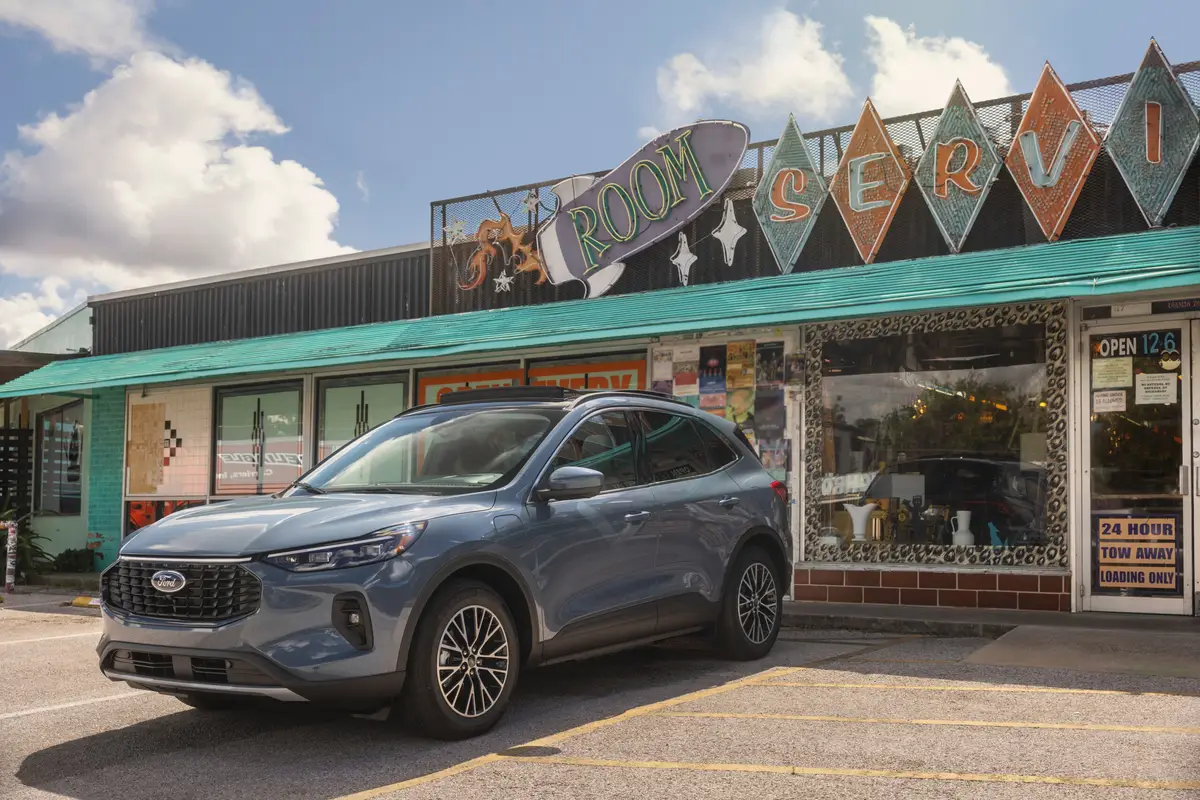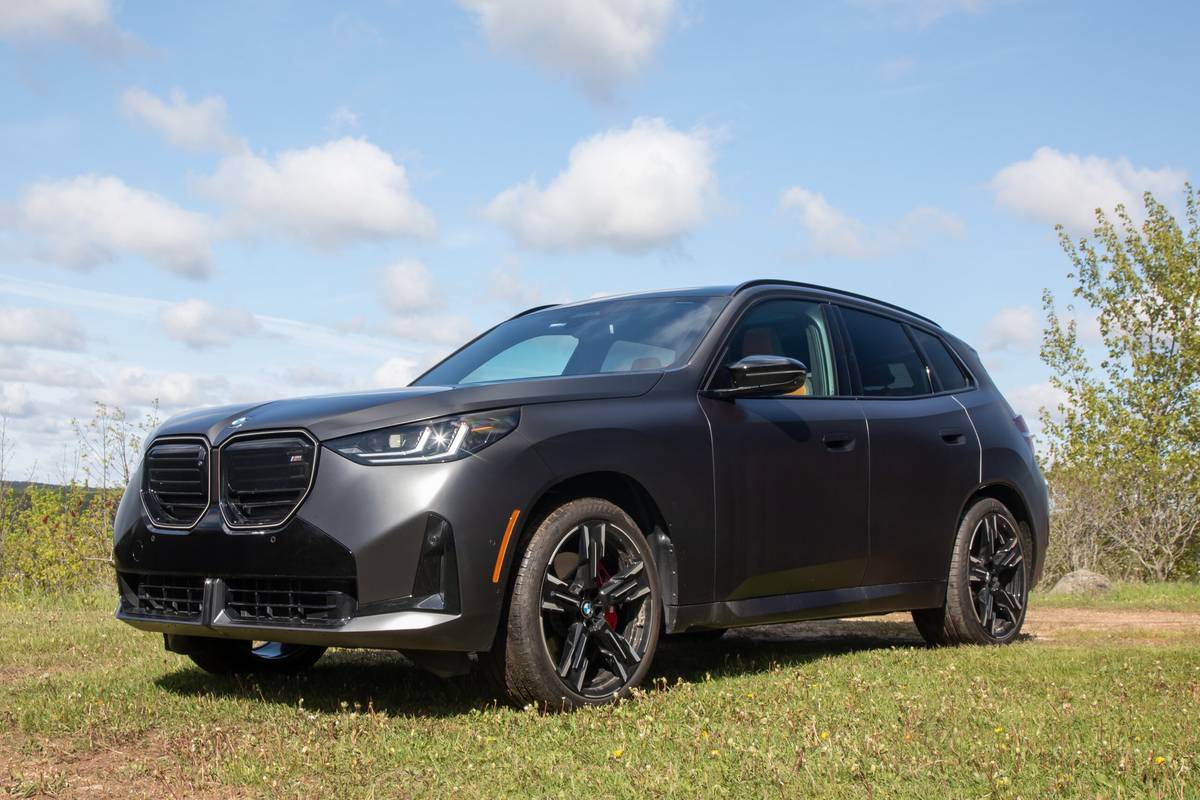washingtonpost.com's view
CORNWALL, N.Y. — Choices need not be onerous. The penalty for saving fuel should not be permanent consignment to the right lanes of the nation’s highways, reckless endangerment in emergency maneuvers or incompetence in the matter of transporting luggage.
Conversely, the power to run in America’s left lanes, to compete with agility on the nation’s highways or to motor up Mine Hill Road here weighted with a summer’s worth of baggage should not require the guzzling of fuel and spewing of wastes — and all that means for lungs and pocketbooks.
We can’t have everything we want. But we can get much of what we need through the judicious engineering and application of four-cylinder engines, such as the 2.5-liter, 161-horsepower job installed in this week’s subject mobile, the 2010 Mazda CX-7 Sport crossover-utility vehicle.
On a journey of 1,500 miles, including a week-long tour here, that little engine delivered. On Interstate 95 and the New Jersey Turnpike, around foothills, up and down mountain roads, it performed like a champion — producing acceleration and torque as needed without whimper or whine.
I worried that I might get otherwise.
Previous experience with several gasoline-powered, four-cylinder engines was less than satisfactory. Four-cylinder Kia and Hyundai models groaned so bitterly, especially on uphill runs, that I was tempted to turn them off, park, get out and walk.
A Chevrolet Cobalt coupe, equipped with a 2.2-liter, 155-horsepower, four-cylinder engine and four-speed automatic transmission, ran like aces in the flatlands, turning in commendable performances in acceleration and handling on the New Jersey Turnpike and on northbound Interstate 87 leading here. But the Cobalt whined so much moving up steeply ascending Mine Hill Road that I felt like turning it around and parking it at the hill’s bottom.
By comparison, the Mazda CX-7’s little engine joins my list of “Yes, I Can” Four-Bangers, including engines in the Honda Civic and Fit, Ford Focus, Subaru Outback, and the Volkswagen Jetta SportWagen TDI (a 2-liter, turbocharged diesel model).
For the record, the Jetta SportWagen TDI engine still sits atop my list of favored four-cylinder models, especially for motoring around these parts. It delivers a maximum 140 horsepower. But its real strength is its torque — engine twisting power key to pulling loads and scrambling uphill — a maximum 236 foot-pounds at 1,750 revolutions per minute. The kicker: The engine in the SportWagen Jetta TDI delivers that power along with 35 miles per gallon on highway runs!
The Mazda CX-7’s four-cylinder engine runs on regular unleaded gasoline unassisted by turbocharging — using exhaust gases to power an impeller to pull more fresh air into an engine and, thus, boost power. But it’s no slouch.
Pushing the CX-7’s gas pedal yields substantially more speed than anxiety. There’s no waiting for the engine to catch up with the demands of your right foot. Response is immediate, precise. That builds confidence, which provides peace of mind behind the wheel, especially on a long drive.
Also appreciated are infrequent fueling stops. The CX-7’s four-cylinder engine delivers 28 miles per gallon — and as much as 31 mpg when abiding by speed limits — on highway runs.
Good, strong four-cylinder engines, especially advanced diesel models, probably could do more to reduce our crippling dependence on foreign oil than electric cars and other alternative propulsion technologies. They are more affordable and, thus, potentially more widely available than electrics.
The problem is that four-cylinder vehicles have long had an image problem — cheap, not sexy, that sort of thing. But Mazda has proved otherwise with its 2.5-liter, 161-horsepower CX-7 Sport. It can take you wherever you want to go, with speed, chutzpah and style, without driving you to the poor house.
Latest news



